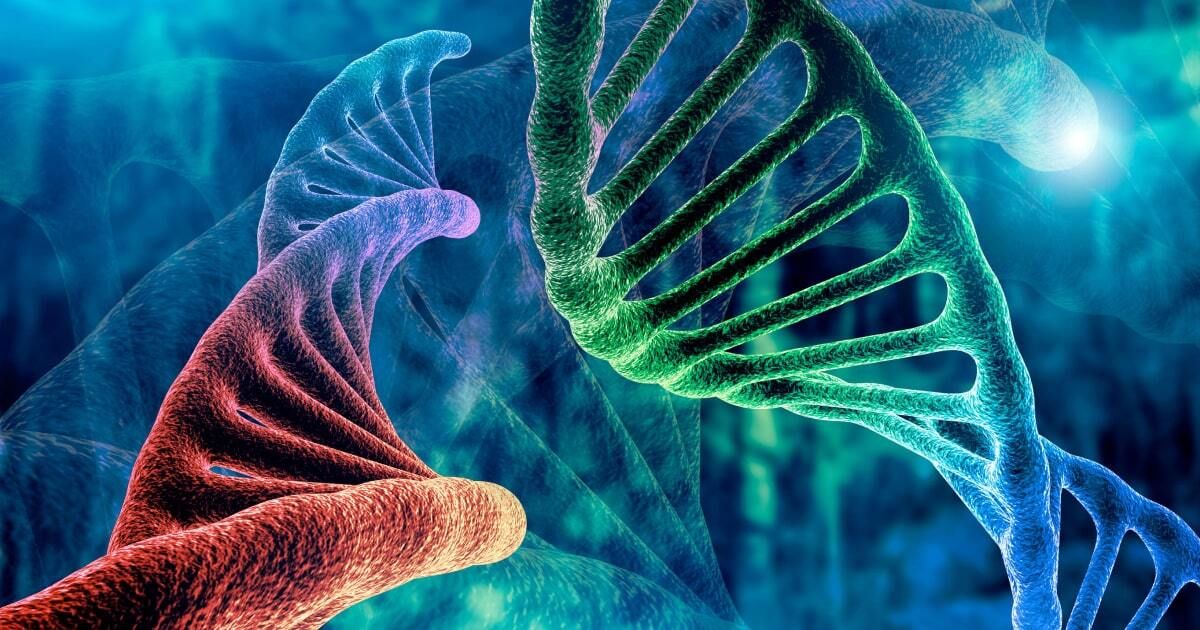Decoding the Mysteries of Left-Right Axis Malformations: Understanding, Diagnosing, and Using Genetic Testing

Expert Reviewed By: Dr. Brandon Colby MD
Left-right axis malformations are a group of rare genetic disorders that affect the normal development of internal organs and their positioning within the body. These conditions, which include situs inversus and heterotaxy, can have significant health implications, ranging from mild to life-threatening. In this article, we delve into the complexities of understanding, diagnosing, and using genetic testing for left-right axis malformations.
Understanding Left-Right Axis Malformations
During normal embryonic development, our internal organs are arranged in a specific pattern, with a clear distinction between the left and right sides of the body. However, in individuals with left-right axis malformations, this process is disrupted, leading to abnormal positioning and arrangement of organs. This can result in a wide range of symptoms and health issues, depending on the specific organs involved and the severity of the malformation.
There are two main types of left-right axis malformations: situs inversus and heterotaxy. In situs inversus, the positions of the organs are mirrored, with the heart on the right side of the body and other organs on the opposite side from their normal positions. Heterotaxy, on the other hand, is a more complex and variable condition, involving a range of abnormalities in organ positioning and structure.
Diagnosing Left-Right Axis Malformations
Diagnosing left-right axis malformations can be challenging due to the wide range of potential symptoms and organ involvement. Imaging techniques such as X-rays, ultrasounds, and magnetic resonance imaging (MRI) can help to identify abnormal organ positioning and structure. In some cases, the condition may be detected during prenatal ultrasounds.
Genetic Testing for Left-Right Axis Malformations
As left-right axis malformations are genetic in origin, genetic testing can be a valuable tool for understanding the underlying causes and guiding treatment and management decisions. Several genes and chromosomal abnormalities have been implicated in these conditions, with different inheritance patterns observed, including autosomal dominant, autosomal recessive, and X-linked patterns (source). Genetic testing can help to identify the specific genetic cause of the malformation, providing important information for affected individuals and their families.
Uses of Genetic Testing: Identifying the Genetic Cause
Identifying the specific genetic cause of a left-right axis malformation can help to clarify the diagnosis and provide information on the potential severity and progression of the condition. This can be particularly valuable in cases of heterotaxy, where the range of symptoms and organ involvement can be highly variable. Genetic testing can also help to determine the inheritance pattern of the condition, providing information on the risk of recurrence in future pregnancies and the likelihood of other family members being affected.
Uses of Genetic Testing: Guiding Treatment and Management
By understanding the specific genetic cause of a left-right axis malformation, healthcare professionals can tailor treatment and management strategies to the individual’s needs. This may include interventions such as surgery to correct organ positioning or repair structural abnormalities, as well as ongoing monitoring and management of associated health issues, such as congenital heart defects or gastrointestinal problems.
Uses of Genetic Testing: Family Planning and Genetic Counseling
For couples who have a child with a left-right axis malformation or who are carriers of a gene associated with the condition, genetic testing can provide valuable information to guide family planning decisions. By understanding the inheritance pattern and the specific genetic cause, couples can make informed choices about the risks of having another child with the condition. Genetic counseling can help to provide support and guidance in navigating these complex decisions.
In conclusion, left-right axis malformations are a complex and variable group of genetic disorders that can have significant health implications. By understanding, diagnosing, and using genetic testing, we can improve our ability to identify the underlying causes, guide treatment and management decisions, and support families affected by these conditions.
About The Expert Reviewer
Dr. Brandon Colby MD is a US physician specializing in the personalized prevention of disease through the use of genomic technologies. He’s an expert in genetic testing, genetic analysis, and precision medicine. Dr. Colby is also the Founder of and the author of Outsmart Your Genes.
Dr. Colby holds an MD from the Mount Sinai School of Medicine, an MBA from Stanford University’s Graduate School of Business, and a degree in Genetics with Honors from the University of Michigan. He is an Affiliate Specialist of the American College of Medical Genetics and Genomics (ACMG), an Associate of the American College of Preventive Medicine (ACPM), and a member of the National Society of Genetic Counselors (NSGC)